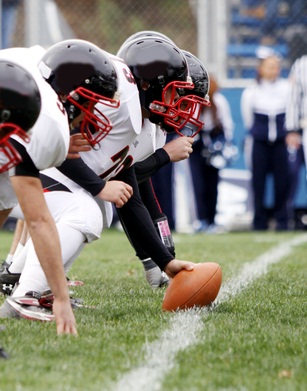 There is an association with increased risk of depression and the number of concussions NFL footballs have sustained. Dr. Zackery Kerr, et. al just recently reported in October 2012 on 1,044 retired NFL football players in the American Journal of Sports Medicine.
There is an association with increased risk of depression and the number of concussions NFL footballs have sustained. Dr. Zackery Kerr, et. al just recently reported in October 2012 on 1,044 retired NFL football players in the American Journal of Sports Medicine.
Dr. Kerr’s research team found that in retired NFL players with no history of experiencing concussions, the players had an incidence of depression of 3 percent. In contrast, the players who had experienced more than 10 (more…)

 1. You do not have to be a tennis player to get tennis elbow
1. You do not have to be a tennis player to get tennis elbow




Recent Comments